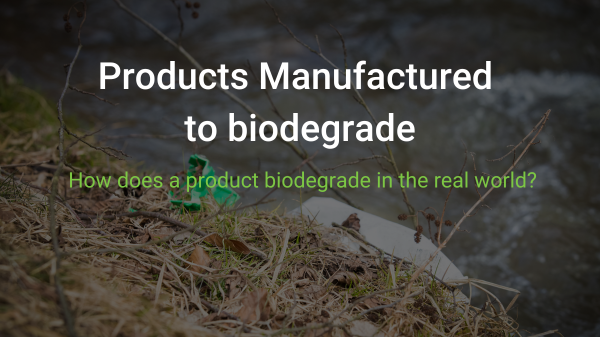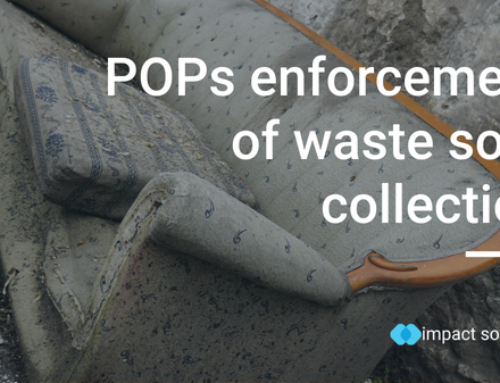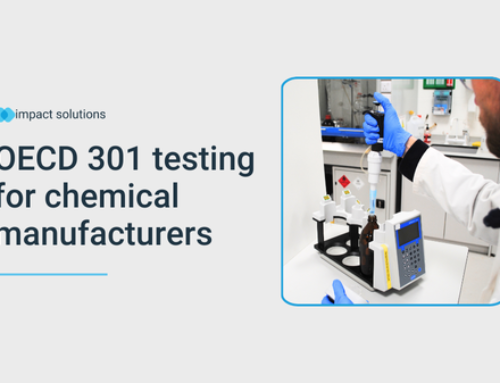Products manufactured to biodegrade – How does a product biodegrade in the real world?
In the real world, a product will be manufactured to biodegrade under certain circumstances, but not in others. This raises questions on where a product will end up at the end of its life, how a consumer is meant to dispose of it and how a manufacturer decides where their product will biodegrade.
Trying to figure out where your product will end up when you’re finished with it can be very simple. If you dispose of it the way described on the packaging, then it should biodegrade as intended. But what happens when a product doesn’t end up where it was meant to? Not everyone cares about the proper disposal of their products. This can lead to a product taking much longer to biodegrade because it has ended up in a landfill when in actual fact it was manufactured to biodegrade in a composting facility.
During the manufacturing process of a product, the manufacturer must take into consideration where they want a product to biodegrade. This could be a single place like a composting facility, marine conditions, soil, landfill, or sewage. For example, something like a biodegradable bamboo toothbrush would ideally be able to go into home composting bins or be sent to a composting facility, where they are recommended to go. If it goes into your everyday bin and ends up in a landfill, it will still biodegrade in a few years, compared to the standard few weeks. An example that isn’t as ideal, would be crisp cans, where some multiple components and materials need to be separated before being disposed of and would all have to be sent to separate places. Manufacturers decide where they would expect their product to end up before choosing the material. Once a decision has been made on the end-of-life conditions and environments, they would narrow down materials that would fit their purpose and move on to testing.
The product would undergo testing to find which conditions it can biodegrade under. For the polymers in plastics to breakdown into smaller chain molecules, they must be in certain conditions. This could mean multiple tests to explore the many environmental conditions in which the product could potentially biodegrade and if it meets the expectations of the manufacturer.
Leading from this, the next step is in the hands of the consumer. As aforementioned, the product making it to its end-of-life destination is reliant on the consumer. If the product doesn’t end where it was meant, is it really biodegradable? The general assumption is that if a product doesn’t break down in all environments, it is only biodegradable in its intended environment. This isn’t true; the product would still biodegrade, but it would just take longer to break down (around 20-30 years). In part, this is due to the restrictions of how long a product has to break down to be considered biodegradable, being in a range for 2-6 months, depending on the environment.
To learn more about biodegradation, and our capabilities, contact one of our experts today!
Be sure to follow our bio campaign on Facebook, LinkedIn and Twitter to stay up-to-date with industry news and any new developments we are making.





